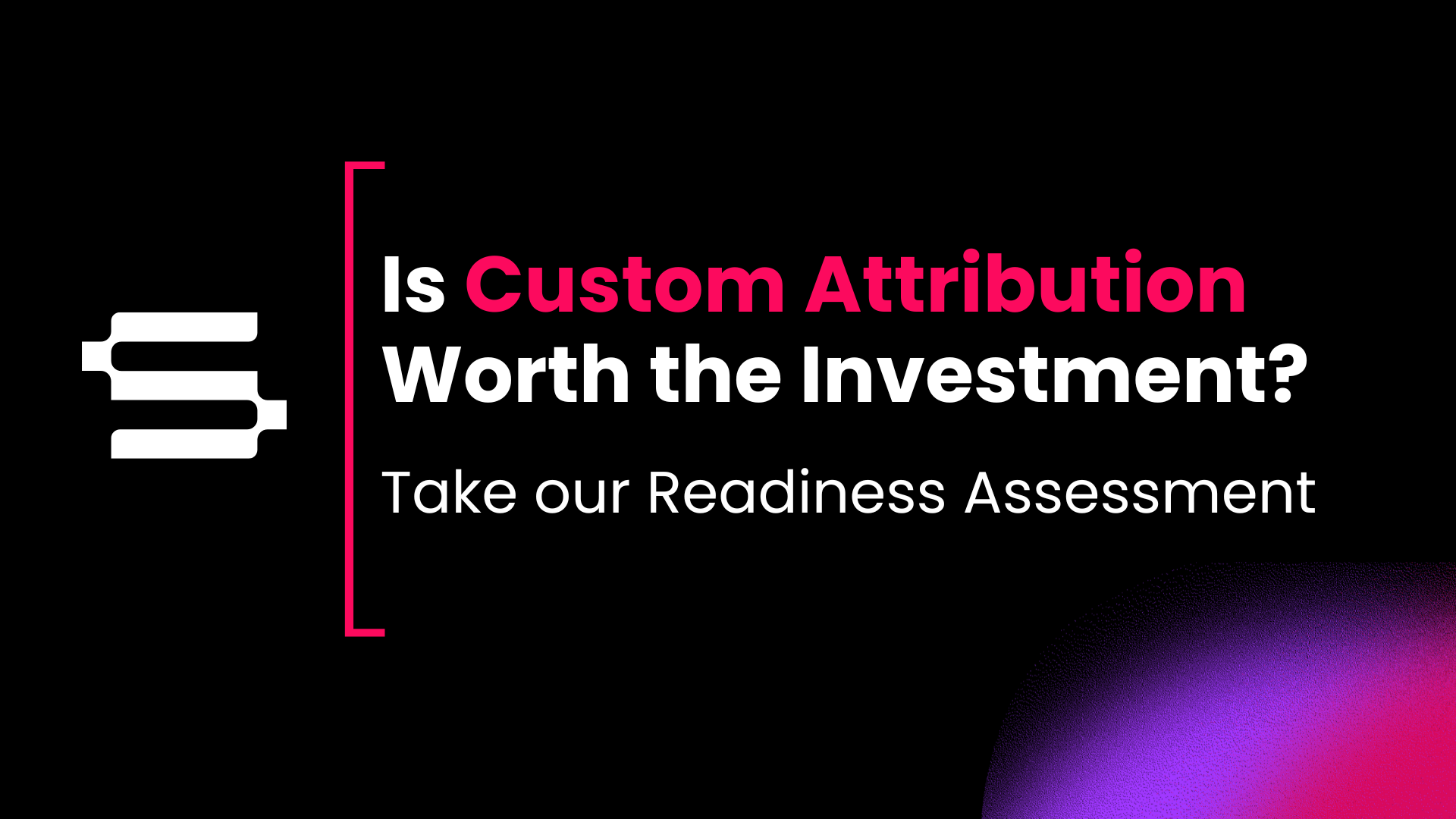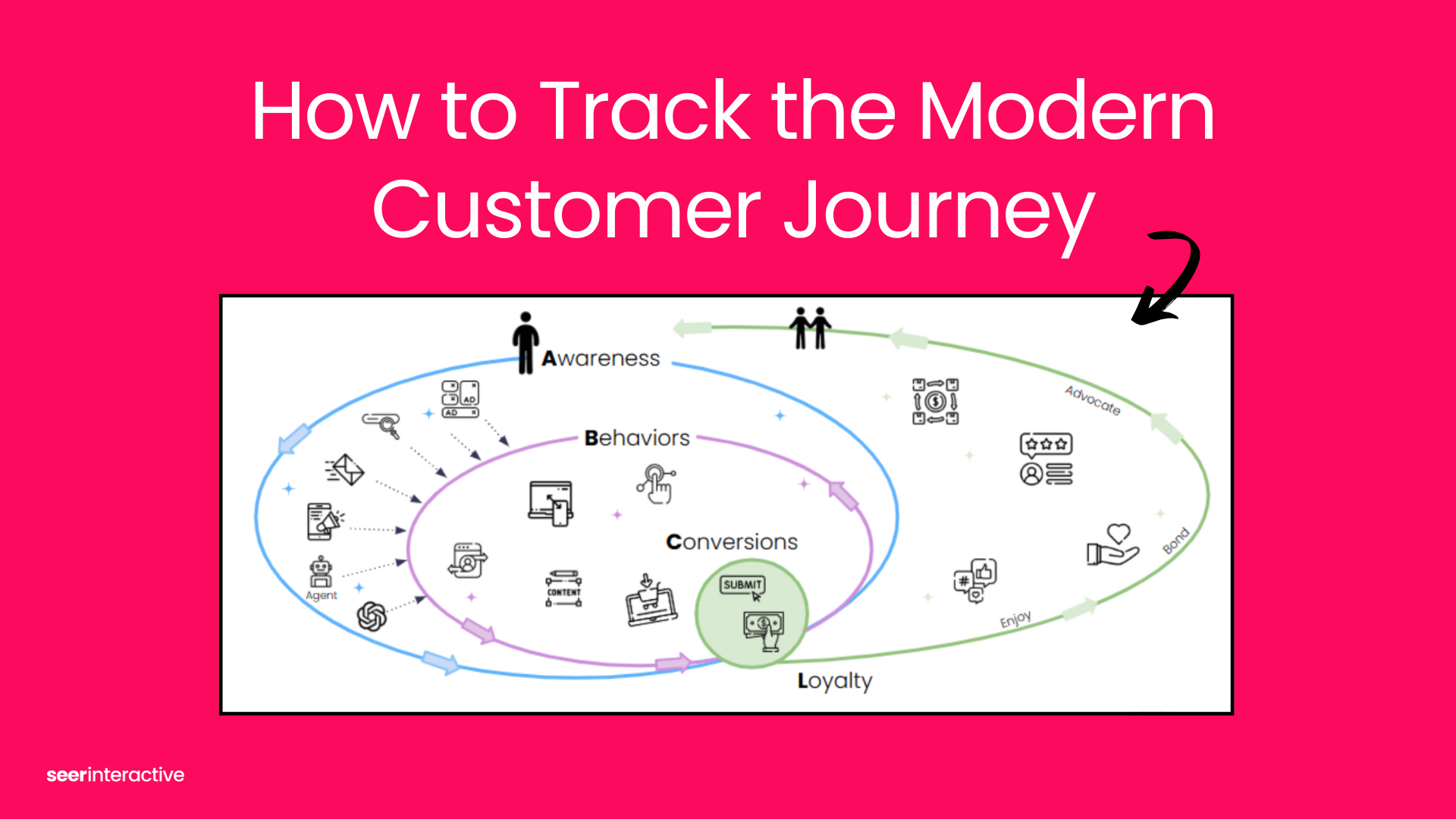Ecommerce has it easy. Key Performance Indicator (KPI) documents for Ecommerce clients are usually pretty easy:
KPI = transactions Value = transaction value
Sure there are micro conversions and other KPIs to track, but the big KPI is right there in front of you. It’s very easy to tie that ecommerce value to your data and see just how much money a source is responsible (last-touch/multi-channel attribution issues not withstanding.) Integrate between teams, with this PPC + Analytics Goal Values Post. Total newbie to Google Analytics goal tracking? This is for you.
But non-ecommerce sites tracking conversions can get some of this great insight also, by assigning values to their Google Analytics goals.
Why Assign a Goal Value?
- A value ties a goal to the bottom line. It’s much harder to grasp how 100 conversions impacts your business, without a value.
- Give more/less value to different conversions. A lead for a higher value service is worth more than a lead for a lower value service.
- You can describe your value in dollars. What do you think would resonate better with your client? You had an increase of 100 conversions this month, or you had an increased conversion value of $10,000 this month.
- Google Analytics will calculate for you. If your Google Analytics goals have values, you can take advantage of calculations such as Page Value, Assisted, Last Click, or First Click Conversion Value.
How Do I Determine a Goal Value?
While it’s usually easy to convince people they should have a goal value, it’s much harder to actually assign a number. If you’re not sure where to start, here’s a few questions that can help you get to a goal value:
- How much would you pay a lead generation service for this lead? You may not assign that exact same value to your own leads. For example, if leads through your own site tend to be more qualified than outside leads, you might value it higher.
- How much is the average closed sale? What percentage of leads turn into a sale? With these 2 numbers, you can do a simple calculation to get a value. For example, an average closed sale is $100, and you have a 20% lead conversion rate. $100 x 0.20 = $20 value
- What percentage of free account signups turn into paid accounts within a year? Again, a simple calculation of Paid Account Value X Conversion Rate = Value. Note, if you’re recording paid account upgrades also, you’ll want to consider adjustments to ensure you aren’t overvaluing a single customer that was given a value once for the free account, and another for upgrading to paid.
- What percentage of web leads are qualified leads? Google Analytics is going to track ALL leads, so if lead conversion rates are based off qualified leads, you’ll be inflating your value. Be sure to calculate value of a lead for ALL web leads, not just qualified.
If You Really Have No Goal Value
If you’re a brand new business or have never tracked your lead to conversion rate, or you just don’t feel ready to commit to a goal value, you don’t have to completely miss out on this data. Here are your next steps:
-
- Assign relative values. Got 2 goals and you know one is worth more than the other one? If it’s worth about 2x as much, assign values of $1 and $2. If it’s worth 5x as much, assign values of $1 and $5. This gives you something to start while you work on a better number.
- Start tracking lead conversion rates, free to paid upgrades, etc. so that you CAN assign better values. Set yourself a calendar or task reminder (whatever you use) to revisit your goal values in a few months armed with this data.
- As soon as you have a more accurate value, update your GA goals with new values and annotate it in GA. Assigning values is not retroactive. So be sure you annotate when you change goal values.
If you can assign a goal value early on, you’ll be much happier in the long-run as you’ll have all your data.
PPC folks, check out our post on goal values over here.



